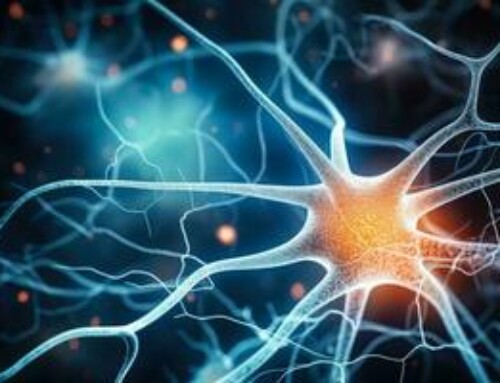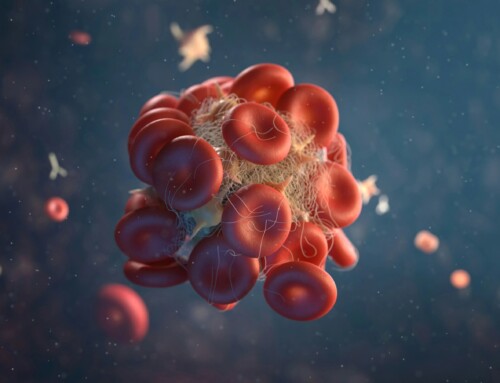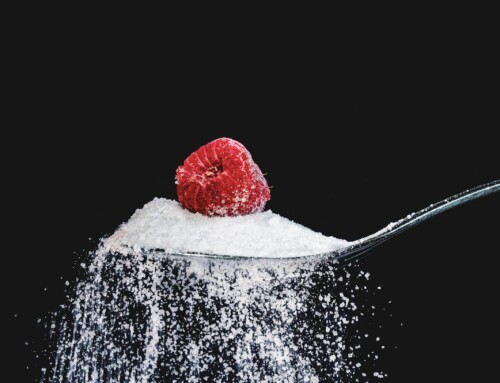Burn More Fat:
Increase Hormone-Sensitive Lipase By Fasting and High-Intensity Exercise
What is Hormone-Sensitive Lipase and how does it help you burn more fat?
 You’re terrible at burning fat from exercise.
You’re terrible at burning fat from exercise.
And so is everyone else, don’t feel bad.
The good news? Your body can help you out when your workouts are much harder.
Hormone-Sensitive Lipase (HSL) is an enzyme your body produces to increase your energy requirements during intense situations. Intense situations like high-intensity strength training are at the top of the list. Also, since it requires intense muscular effort to be produced, it’s one of the reasons why fat loss is so slow when you just “do cardio.”
When your body performs work of a demanding nature (i.e., exercise), you will need to use a lot of fuel, obviously. Normally, your fuel for exercise is mostly glycogen stored in your muscle cells. When you purposefully restrict your glucose levels by eating a low-carbohydrate diet or fasting you lower the insulin levels in your blood. Then, when your insulin levels are low, your muscles will use HSL to help you perform your exercise better.
Cardio Doesn’t Actually Burn More Fat
This won’t happen under “cardio” conditions, however. This is a big reason why so many people struggle when trying to burn more fat by running or cycling. Your body won’t use the HSL to cleave off stored fat and use it for energy that way. It only happens when you work the muscles much more intensely – and even better, by bringing them to Momentary Muscular Failure (MMF).
Biologically, it’s an incredible amplification process. Through the HSL amplification cascade, glycogen synthesis + fat synthesis are BOTH stopping. This is powerful because it causes fat storage to stop while at the same time more of your stored fat gets used for energy. Win-win!
Improve Your Exercise Performance
HSL also improves your high-intensity workouts, like we do here with ZeroForce Exercise, by breaking down stored triglycerides into fatty acids (called lipolysis) used by your muscles during high-intensity work.
You workout harder and get better results when your body requires more energy. But, when the glycogen isn’t sufficient for the need then your body’s last resort is to bring in the fat storage for fuel. Low-carb diets and fasting help you get this benefit.
Better Recovery, Too!
If you’ve seen any of my posts before, you know I believe sufficient recovery after exercise is vitally important.
While HSL primarily targets fat stores for energy production, its role in optimizing overall metabolic health can indirectly support muscle protein synthesis by ensuring efficient nutrient uptake and utilization by muscles.
Improving your nutrient uptake will improve your recovery. More nutrients = more growth when the stimulus to the muscle requires it. Again, this is partially why “cardio” activities don’t assist in muscle growth (and often lead to muscle wasting!) but proper strength training does indeed help them grow.
You must have a meaningful stimulus through exercise to start this super-compensation of new muscle growth and having improved nutrient uptake will only enhance that for you.
Bringing It All Together
HSL is only produced when high-intensity work occurs. By keeping your carbohydrate intake low, or by intermittent fasting before a workout, you can improve your HSL production. You’ll get all the benefits of burning more fat, increasing muscle mass and save hours of time by not “doing cardio” any longer.
It’s another benefit you can only get by proper exercise. Workouts should be intense, infrequent and of very short duration to maximize your HSL and maximize your long-term health.





